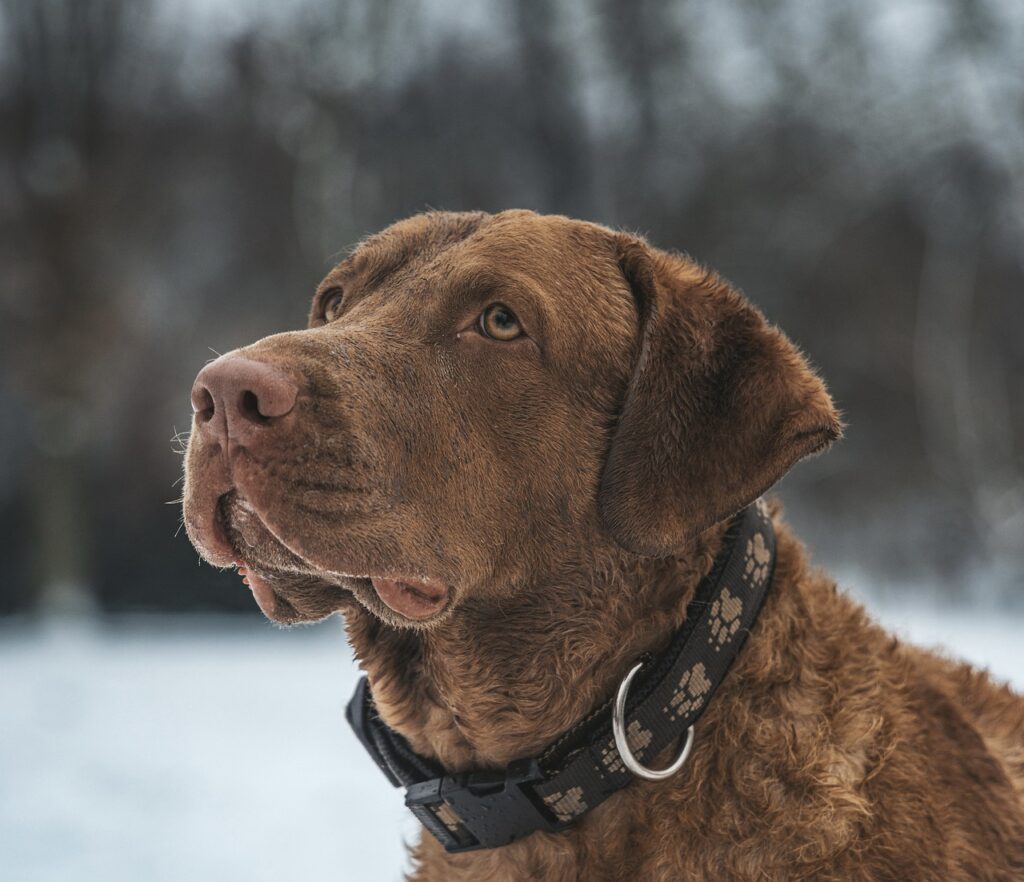Can Dogs Eat Parsnips? – Yes, They can
Yes, dogs can eat parsnips! These earthy root vegetables are safe for your canine friend when given in moderation. Parsnips are a great source of vitamins and minerals that can benefit your dog’s health in various ways. Just remember to serve them cooked and plain, without any additional seasonings or spices that could potentially harm your pup.
Can Puppies Eat Parsnips?
Yes, puppies can have parsnips too, but with caution. Since their digestive systems are more sensitive, it’s important to introduce parsnips slowly to their diet. Always opt for a small portion and observe how they react before making it a regular treat.
Things to consider when feeding parsnips to puppies?
With puppies, you have to be extra careful when introducing new foods. Their little tummies can be prone to upset if changes are made too quickly. Parsnips should be thoroughly cooked and mashed to avoid any choking hazards. Also, watch for any signs of allergies or digestive trouble, such as diarrhea or vomiting.
Nutritional Benefits of Parsnips for Dogs – Why Parsnips are good for Dogs?
Vitamin C
Parsnips are rich in vitamin C, which can help support your dog’s immune system. This essential nutrient is a powerful antioxidant, aiding in the repair of body tissues and warding off illness.
Fiber
The fiber in parsnips is beneficial for maintaining bowel health. It can help to regulate a dog’s digestive process, leading to smoother bowel movements and a happier tummy.
Potassium
Good levels of potassium found in parsnips contribute to your dog’s heart health, muscle function, and nervous system operations. Potassium is vital for maintaining normal bodily functions.
Anti-Inflammatory Properties
Another advantage of feeding your dog parsnips is their anti-inflammatory properties, which can be useful for dogs with arthritis or other inflammatory conditions.
Low in Calories
For those dogs on a diet, parsnips are low in calories. This makes them an excellent snack for weight management, ensuring your dog isn’t consuming too many extra calories.
Potential Allergies: Can Dogs Be Allergic to Parsnips?
It’s uncommon, but dogs can be allergic to any food, including parsnips. If you’re introducing parsnips to your dog’s diet for the first time, do so gradually and watch for any adverse reactions.
Symptoms of Parsnip Allergies in Dogs
- Itching or Skin Irritation: Look out for excessive scratching or any unusual red patches on the skin.
- Digestive Upset: Monitor for signs of gastrointestinal discomfort such as vomiting or diarrhea.
- Respiratory Issues: Pay attention for any coughing, wheezing, or other difficulty breathing which may indicate an allergic reaction.
What to Do If Your Dog Shows Symptoms?
- Discontinue Parsnips: If you suspect an allergy, remove parsnips from your dog’s diet immediately.
- Consult a Vet: Seek professional advice to get an accurate diagnosis and treatment plan.
- Monitor Closely: Watch your dog carefully for any further symptoms and ensure they have access to fresh water.
Recommended Amount: How Much Parsnips Can a Dog Consume?
When it comes to feeding your dog parsnips, moderation is key. A couple of bites as an occasional treat is a good rule of thumb. The exact amount depends on your dog’s size, diet, and activity level, but parsnips should not be a large part of their overall diet.
Things to Consider When Feeding Parsnips to Dogs
Always feed parsnips in moderation and cooked, as raw parsnips can be tough for dogs to digest. You should also avoid any added ingredients like butter, salt, or sugar. Always chop them into bite-sized pieces to prevent choking.
How to Feed Parsnips to Dogs: A Quick Guide
Parsnips can be a tasty and nutritious treat for your faithful companion. To ensure they’re dog-friendly, here’s what you should keep in mind.
Basic Mashed Parsnips
Peel and chop parsnips into chunks, boil until soft, and mash without adding seasonings. Let it cool before serving a small portion to your dog.
Parsnip Puree Doggie Treat
Steam a peeled parsnip until tender, blend into a puree, and mix with your dog’s regular food for added nutrition.
Crispy Parsnip Chips
Slice parsnips thinly, bake in the oven until crisp, and let cool completely. These make for a crunchy, low-calorie treat. Ensure no oils or seasonings are used.
Conclusion
Parsnips are a healthy treat for dogs when given in moderation and cooked properly. They can add variety and nutrition to your dog’s diet but remember to start with small portions and keep an eye out for any allergic reactions. As always, consult your vet if you’re unsure about introducing new foods to your pet’s diet.



